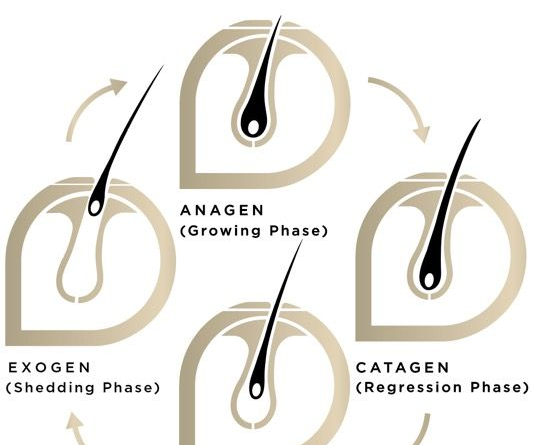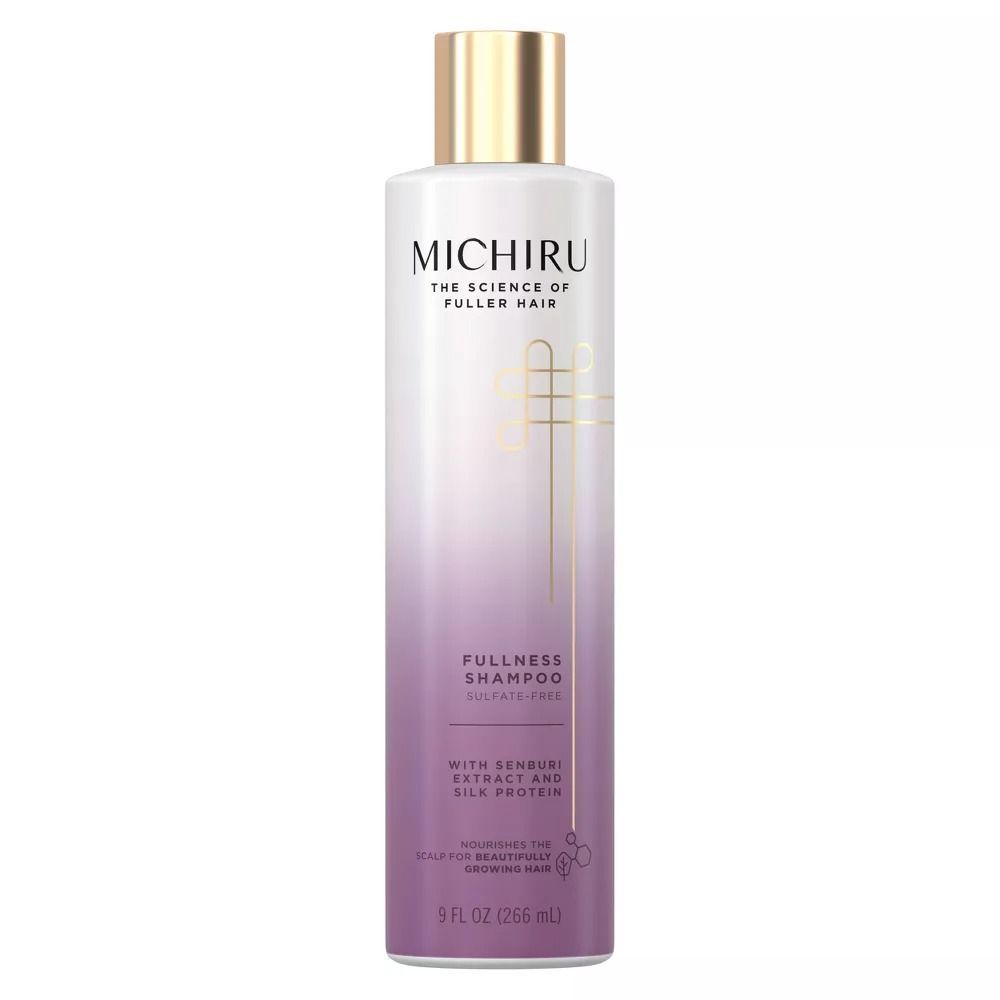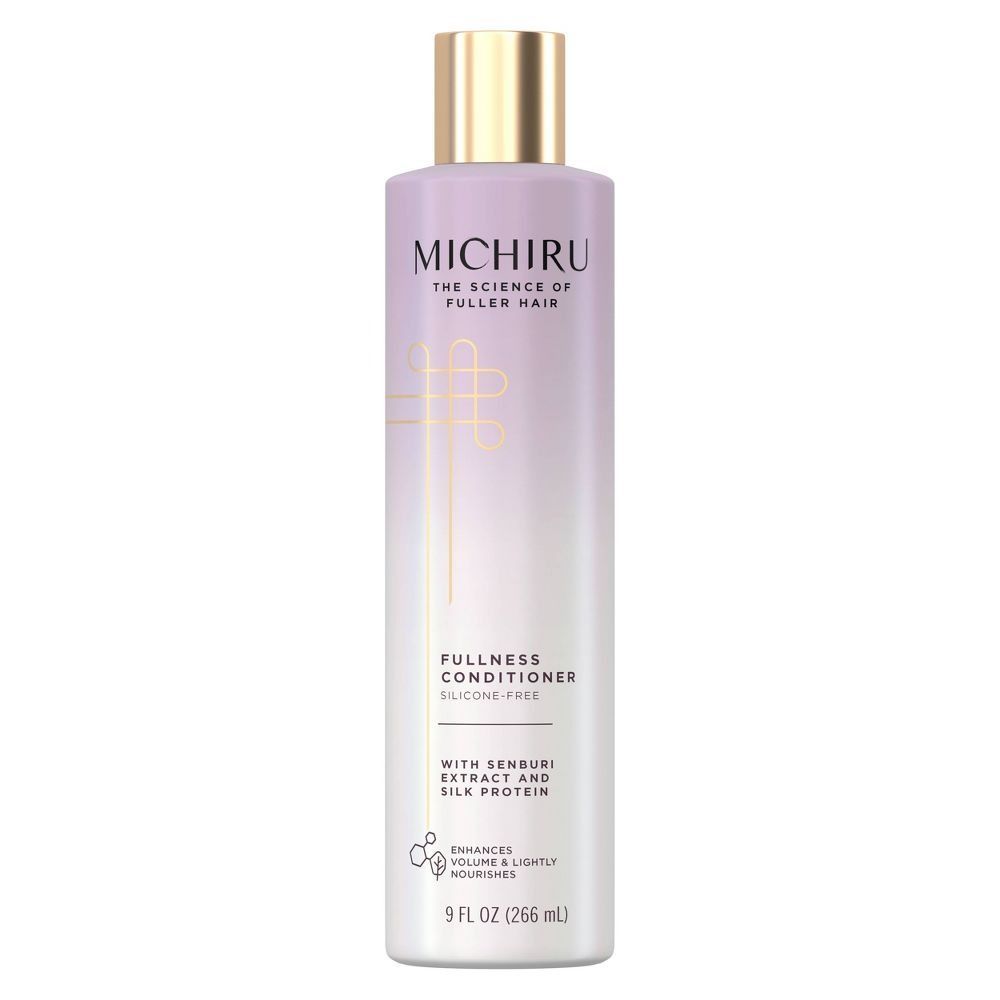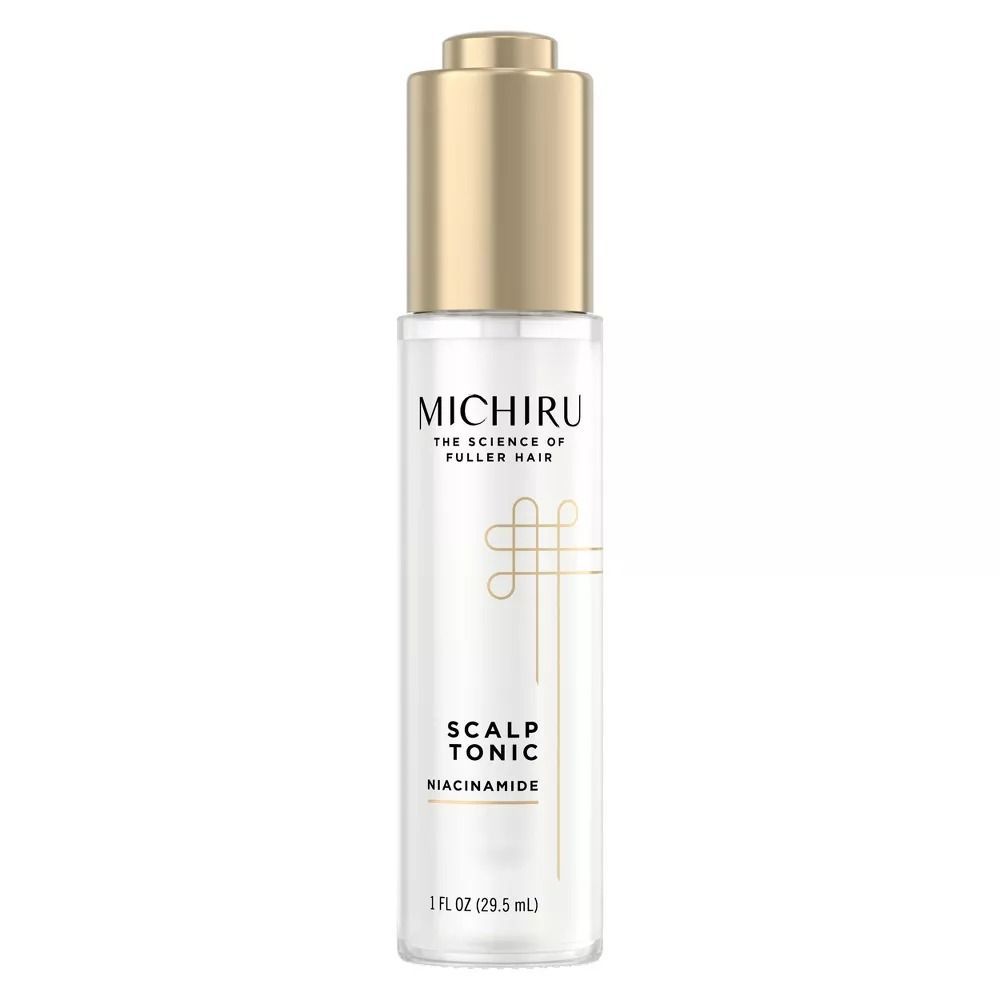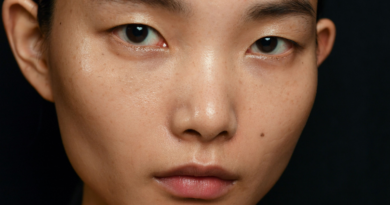What to Know About the 4 Phases of Hair Growth
Fifty percent of women are expected to experience some form of hair loss or thinning by the time they reach 50 years old. While genetics is a major player, other factors can disrupt or support hair’s natural growth cycle, affecting how it both looks and feels. Understanding how your hair functions optimally can help you better understand what’s actually going on when you lose a few too many strands—and then develop a routine that gets to the root of the problem instead of just masking it.
Here, Dr. Mamina Turegano, a board-certified dermatologist based in Louisiana, helps break down each phase of the hair-growth cycle and shares her proactive approach to achieving stellar strands.
The four phases of hair growth
1. The antigen (growing) phase
“The antigen phase is when the follicle is in the process of producing hair, and the stage in which most of your hairs currently exist,” says Dr. Turegano. About 90 percent is in this growth phase right now. How long your hair stays in this initial phase is especially telling of how long you can—or cannot—grow it. People who are able to grow very long hair (to the bottom of the back and beyond) “genetically have an extremely long antigen phase,” she notes. “For most it lasts about three to five years, but for those with hair that is able to grow long, this phase can go on for up to seven years.”
2. The catagen (regression) phase
After a new strand has sprouted and fully formed, the follicle moves on to the catagen phase, a short period in the hair-growth cycle that typically lasts about a week to 10 days. “It’s during this phase that the follicle starts to shrink at the base and separate from the bottom,” Dr. Turegano explains. “It’s not ready to shed just yet but is getting prepared for the next phase.”
3. The telogen (resting) phase
This is an inactive stage that lasts about three to five months per strand, during which the hair is no longer growing. As a result, “the strands are nearly completely detached and ready to fall out,” says Dr. Turegano. She notes that at any given time you’ll usually have some strands in this phase that are ready to depart and other hairs newly growing in the antigen phase.
4. The exogen (shedding) phase
This final stage of the cycle is when strands start to crowd your hairbrush or fall onto your favorite sweater. It’s totally normal to lose between 50 and 100 a day.
What affects the hair growth cycle
Dr. Turegano says she often sees clients with hair thinning and loss issues. “Telogen effluvium is the most common form of hair loss—where there’s been a shock to your body, whether from an illness or a major stressful event, such as delivering a baby, having surgery, or experiencing a death in the family,” she says. “Your body sends a signal to your hair follicles, which then convert a lot of hairs from the antigen growing phase to the telogen resting phase.” The result: a growth phase that’s prematurely cut short for much of your hair.
But keep in mind that given the length of the telogen phase, you may not notice excessive shedding or thinning until three to five months later. “When patients come in with sudden hair shedding, I do a full history and ask, ‘Okay, what happened three to five months ago?’” she says. “We can usually date it back to a specific event.” And this disruption of the delicate balance can have a domino effect. “It can take many months to recalibrate and get back to your normal growing phase—and that will also depend on whether or not you’re still being exposed to that stressor,” Dr. Turegano says.
Another factor that can lead to thinning hair is a nutritional deficiency; the two most common involve iron and vitamin D, says Dr. Turegano. Simply replenishing your intake of these nutrients with a supplement can make a huge difference in the health of your hair, she adds; however, it’s best to consult with your doctor first for a personalized strategy. To expertly diagnose deficiencies, she does a full blood panel, “just to rule out any low-hanging fruit we can address by recommending supplements.”
In addition, “there are underlying conditions that can exacerbate hair shedding,” she says. “These can include thyroid disease as well as hormonal issues, such as when you have an extreme drop in estrogen—whether it’s from menopause or being postpartum—because estrogen can also help with hair-follicle stimulation.” In other words, when the hormone disappears so acutely, so can your hair.
The state of your scalp matters too. “A condition I often see on the scalp is seborrheic dermatitis, the most common cause of dandruff, which also causes inflammation,” she adds. “People get itchy, flaky scalps that can aggravate hair loss.”
How to create a growth-optimizing hair-care routine
Okay, so let’s assume you have your stress levels under control as well as your hormones, you’re eating a balanced diet while supplementing with a multivitamin, and a sunny, vitamin D-drenched vacation is around the corner. You could still be sabotaging your strands. That’s because how you treat your hair on a consistent basis—harsh chemical processes like highlights and coloring, heat styling, and more—can turn smooth and shiny strands dull and damaged well before their time.
Dr. Turegano helps her clients carefully curate a hair-care routine specifically aimed at strengthening strands and supporting the scalp. She stresses the importance of treating your hair as gently as you do your skin—minimizing chemical treatments and frequency, carefully combing tangles, avoiding super-tight topknots and ponytails, and wrapping delicate damp strands in soft microfiber towels instead of regular ones, as well as choosing the right shampoo, conditioner, and other products to promote a healthy scalp. “It’s essential when it comes to hair health,” she says. To clients with thinning concerns she specifically recommends Michiru Fullness Shampoo and Fullness Conditioner, plus the brand’s Scalp Tonic. Michiru infuses traditional Japanese extracts, like senburi extract and silk protein, into scientifically advanced formulations that nourish the scalp and help you achieve beautifully growing hair
“Senburi extract, an herb native to Japan, has been shown to promote hair growth by helping improve blood circulation in the scalp,” Dr. Turegano explains. “Silk protein can increase moisture retention within the hair shaft, as well as improve elasticity and shine.” And the Scalp Tonic, which is applied directly on a clean scalp while hair is still damp, contains the antioxidant niacinamide, which “helps build, nourish, and repair the skin barrier,” she adds. “We’re learning more and more about the importance of the microbiome on our skin—we have billions if not trillions of bacteria living in this cohesive ecosystem on our skin and our scalp. If our skin barrier is healthy, everything in the skin, including our hair follicles, can be healthier too.”
But remember, the strands you see in the mirror each day are all at differing points in the growth cycle, so results will not occur overnight. “The commitment to having healthy hair is like a marathon,” Dr. Turegano says. Just as with skin care, committing to a scientifically proven routine is the real secret to transforming the health of both your scalp and your hair for the long run.

Nicole Catanese is a beauty and wellness editor.

